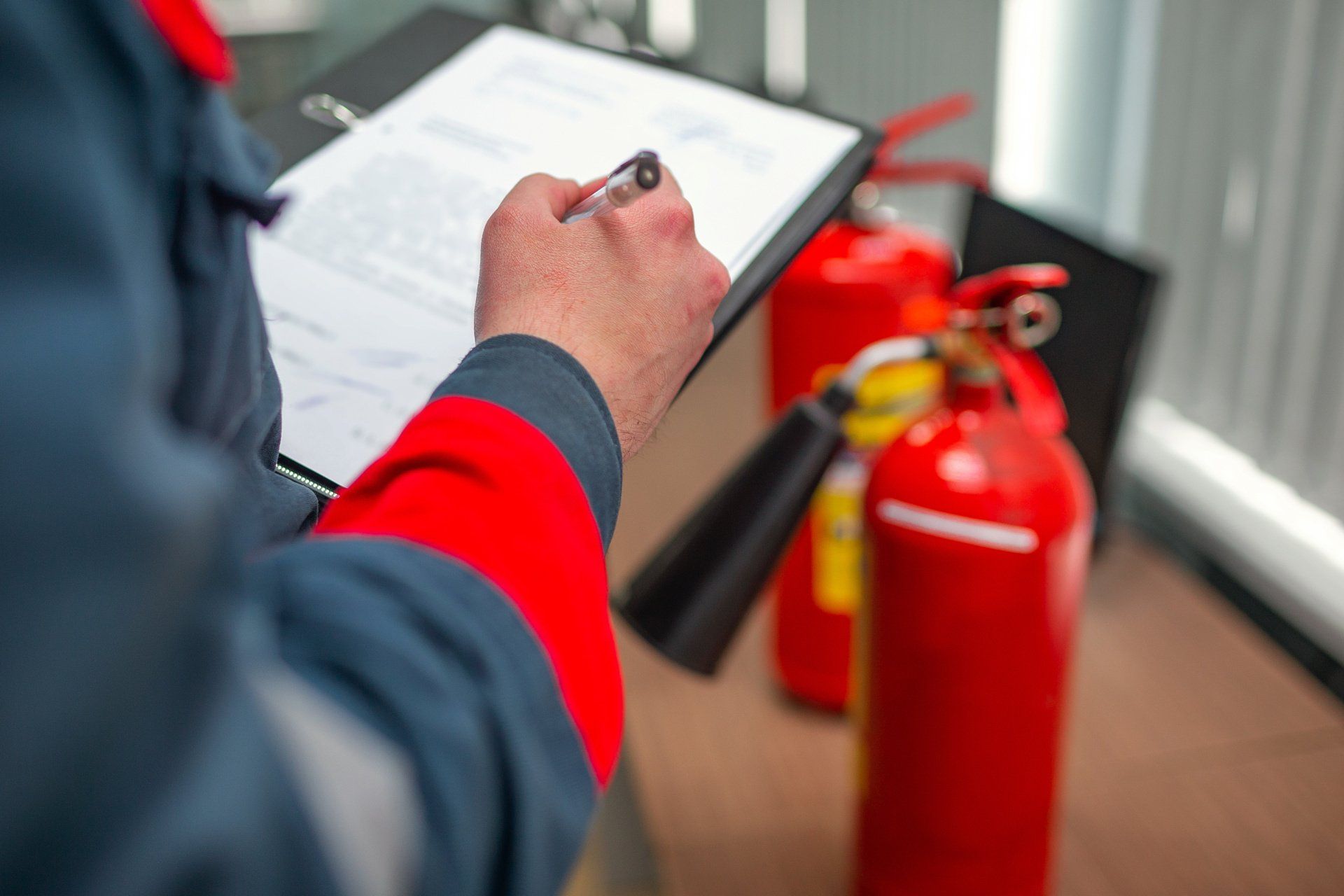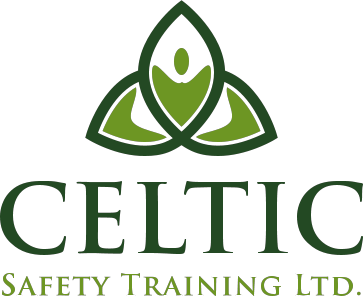Risk Management
Our Courses
Regardless of the nature of your organization, it is important to have appropriate risk management procedures in place. We at Celtic Safety Training is ready to help you with that. We offer comprehensive risk management services to meet your specific needs.
From OHS risk assessments to QMS risk management, you can rely on our expert consultations. It will help you to identify potential hazards, assess risks, and implement appropriate strategies to mitigate risks.

Our Risk Management Services
We go beyond basic compliance to provide robust risk management systems that support complex and evolving business goals. Our services include:
OSH Risk Assessments
We conduct systematic OHS assessments that uncover potential hazards based on your unique equipment, employee behaviors, workflows and layout. By analyzing safety gaps, we identify targeted controls to implement across all levels of your organization.
QMS Risk Management
No matter your operational scale, our ISO-aligned QMS Risk Management approach offers a structured framework for maintaining quality standards and performance integrity. We provide the analytics and insights to safeguard consistency across functions and meet certification requirements.
Sustainability-Focused Environmental Assessments
Through in-depth environmental assessments, our advisors identify risks related to resource use, emissions, waste, water conservation and your carbon footprint. We offer clear benchmarking and pragmatic controls to reduce impacts, while positioning your organization as an innovative sustainability leader.


Frequently Asked Questions
What is risk management in the workplace and why is it important?
Risk management entails proactively identifying potential health and safety hazards across the workplace, evaluating the likelihood and severity of associated risks, and applying targeted controls to prevent incidents or injuries. This promotes compliance, operational efficiency and, most vitally, employee wellbeing.
Why is risk management important?
Infrequent or incomplete risk assessments allow preventable hazards to perpetuate, needlessly exposing employees to accidents and organizations to noncompliance citations and damages spanning from productivity losses to legal penalties. Staying on top of risk management is key.
What are the steps of a risk management process?
Here’s an overview of the risk management process.
- Defining the context
- Identifying risks
- Analyzing risks
- Evaluating risks
- Implementing controls for risk mitigation
- Monitoring and reviewing the effectiveness of controls
What exactly is environmental risk assessment?
Environmental risk analyses evaluate the organization's impact on the surrounding ecology, considering risks like resource depletion, biodiversity loss, pollution and waste. Identifying and controlling these risks allows organizations to proactively govern their environmental footprint. This will define your overall business sustainability.
How often should I conduct risk assessments?
You should conduct risk assessment regularly, at least once a year. However, it is also important to conduct a risk assessment when you implement some significant changes to the way you work. It will help you with ensuring proper hazard identification. You can also maintain your ISO certification with regular risk assessments.
Enroll Now
If you are looking forward to getting the risk management services we offer, feel free to get in touch with us today. Our experts are more than happy to help you create a safer and efficient workplace. Contact us through:
Phone:
+353 57 8640505
Email:
info@celticsafetytraining.ie
Address: Office 1 & 2, Camsaw Building, Unit 12, Portarlington Business Park, Canal Rd, Co Laois
